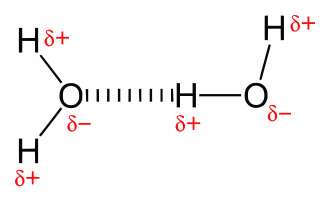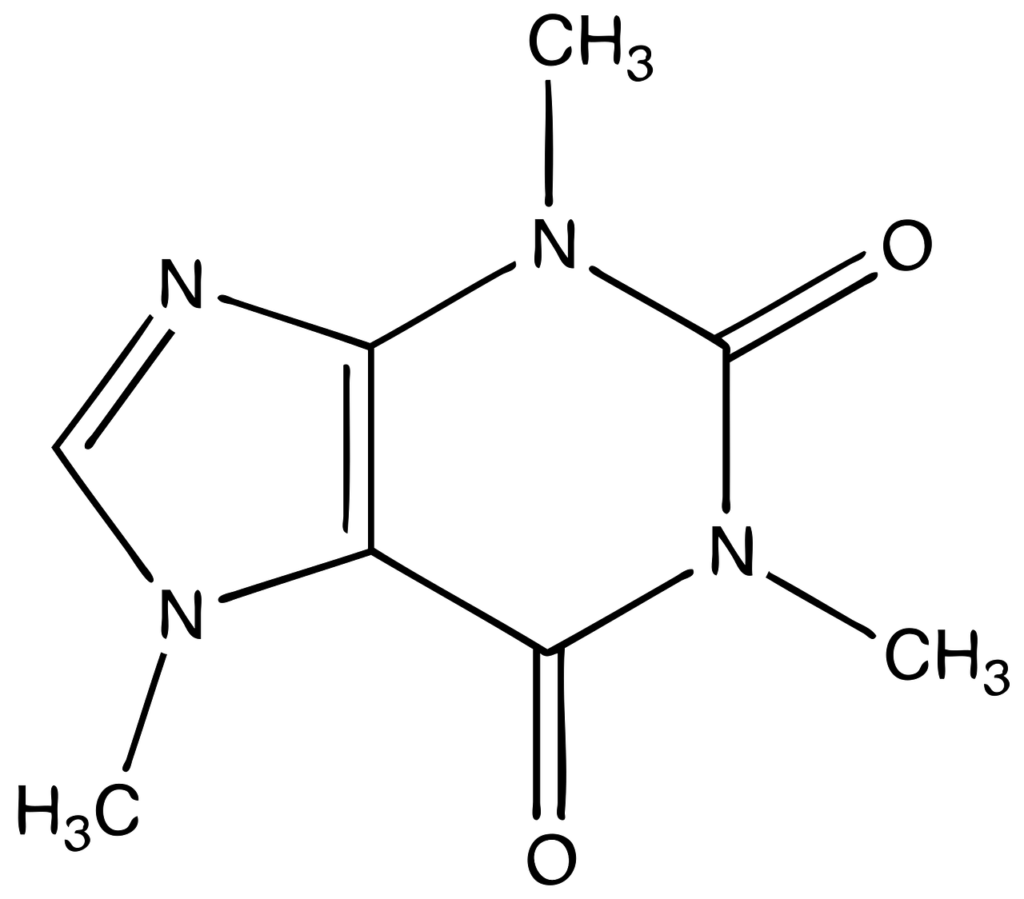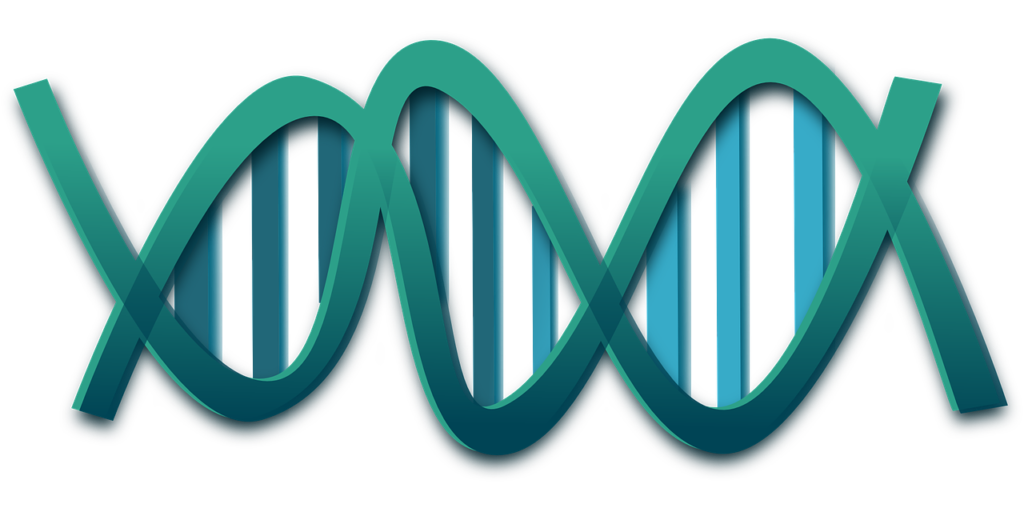Intermolecular forces (IMFs) are the forces of attraction or repulsion that act between neighboring particles molecules, atoms, or ions. They are different from intramolecular forces, which are the forces that hold atoms together within a molecule. While intramolecular forces determine the chemical properties of a substance, intermolecular forces notably influence its physical properties, such as boiling point, melting point, viscosity, and solubility.

Types of Intermolecular Forces
Intermolecular forces can be broadly classified into the following categories:
1.London Dispersion Forces (Van der Waals Forces):
Definition: These are weak forces of attraction that arise due to temporary dipoles induced in atoms or molecules.

Mechanism: Electrons in an atom or molecule are in constant motion. At any instant, there might be an uneven distribution of electrons, leading to the formation of a temporary dipole. This dipole induces a similar dipole in a neighboring atom or molecule, resulting in an attractive force.
Strength: These forces are generally weak but become significant in larger, more polarisable molecules or atoms.
Example: The liquefaction of noble gases like helium and argon is due to London dispersion forces
2. Dipole-Dipole Interactions:
Definition: These forces occur between molecules that have a permanent dipole moment.
Mechanism: In polar molecules, the partial positive charge on one molecule is attracted to the partial negative charge on a neighboring molecule.
Strength: Stronger than London dispersion forces but weaker than hydrogen bonding.
Example: The interaction between HCl molecules.
3. Hydrogen Bonding:
Definition: A special type of dipole-dipole interaction that occurs when a hydrogen atom is bonded to a highly electronegative atom such as nitrogen (N), oxygen (O), or fluorine (F). It is an extra strong dipole-dipole interaction found in molecules in which highly polar N-H, O-H or H-F bonds are present.
Mechanism: Electronegative atom draws electron density away from the hydrogen atom, making it highly positive. This hydrogen atom can then form a bond with a lone pair of electrons on another electronegative atom.
Strength: Stronger than regular dipole-dipole interactions but weaker than covalent or ionic bonds.
Importance: Hydrogen bonding plays a vital role in biological systems, such as in the structure of DNA and proteins.
Example: Hydrogen bonds between water molecules give water its high boiling point and surface tension.
4. Ion-Dipole Forces:
Definition: These forces exist between an ion and a polar molecule.
Mechanism: The positive or negative charge of an ion interacts with the partial charges of the polar molecule.
Strength: These forces are generally stronger than dipole-dipole interactions and are particularly significant in solutions where ionic compounds dissolve in polar solvents.
Example: Interaction between sodium ions (Na⁺) and water molecules in an aqueous solution of NaCl.
Advantage of Intermolecular Forces
1.Physical Properties of Substances:
Substances with strong intermolecular forces generally have higher boiling and melting points. For example, water (H₂O) has a high boiling point due to extensive hydrogen bonding.
Viscosity and surface tension also increase with stronger intermolecular forces.
2. Solubility:
Principle “like dissolves like” is governed by intermolecular forces. Polar solvents dissolve polar or ionic substances, while nonpolar solvents dissolve nonpolar substances.
3. Phase Changes:
Intermolecular forces are responsible for phase transitions such as melting, boiling, and condensation. Energy is required to overcome these forces during such transitions.
4. Biological Importance:
Intermolecular forces play a central role in maintaining the structure and function of biological macromolecules. Hydrogen bonding is vital for the double-helix structure of DNA.

Comparing Intermolecular Forces
Type of Force | Strength (Relative) | Example |
Weakest | Noble gases, I₂ | |
Dipole-Dipole | Moderate | HCl, SO₂ |
Hydrogen Bonding | Strong | H₂O, NH₃ |
Ion-Dipole | Strongest | Na⁺ in H₂O |
Key words :- Ion- dipole interaction :- It is the attraction between an ion (either cation or anion) and a polar molecule. The strength of this interaction depends upon the charge and size of the ion and the magnitude of dipole moment and size of the polar molecule.
Note :-
Intermolecular forces is weaker than covalent or ionic bonds, are primary to the behavior of matter in various states. They determine how molecules interact with each other and significantly influence the macroscopic properties of substances. These forces is essential in fields ranging from material science to biochemistry, enabling the development of better materials, drugs, and chemical processes.
Intermolecular forces are the forces of attraction or repulsion that exist between neighboring molecules, atoms, or ions. They influence physical properties like boiling point, melting point, and viscosity but are weaker than intramolecular forces (bonds within molecules).
Intramolecular forces hold atoms together within a molecule, such as covalent or ionic bonds, while intermolecular forces occur between molecules and govern their interactions, determining the physical state and properties of substances.
The main types of intermolecular forces include:
London dispersion forces (temporary dipole interactions).
Dipole-dipole interactions (between permanent dipoles).
Hydrogen bonding (special dipole-dipole forces involving H and N, O, or F).
Ion-dipole forces (interaction between ions and polar molecules).
Among the common types of intermolecular forces, hydrogen bonding and ion-dipole forces are the strongest. Ion-dipole forces are particularly strong in solutions where ions interact with polar molecules, such as sodium ions in water.
Substances with stronger intermolecular forces require more energy to overcome these forces during phase transitions, leading to higher boiling and melting points. For example, water’s hydrogen bonding results in a high boiling point compared to other molecules of similar size.
Hydrogen bonds play a critical role in biological systems by:
Stabilizing the structure of DNA (holding the two strands of the helix together).
Maintaining the three-dimensional shapes of proteins and enzymes.
Contributing to water’s unique properties, essential for life.